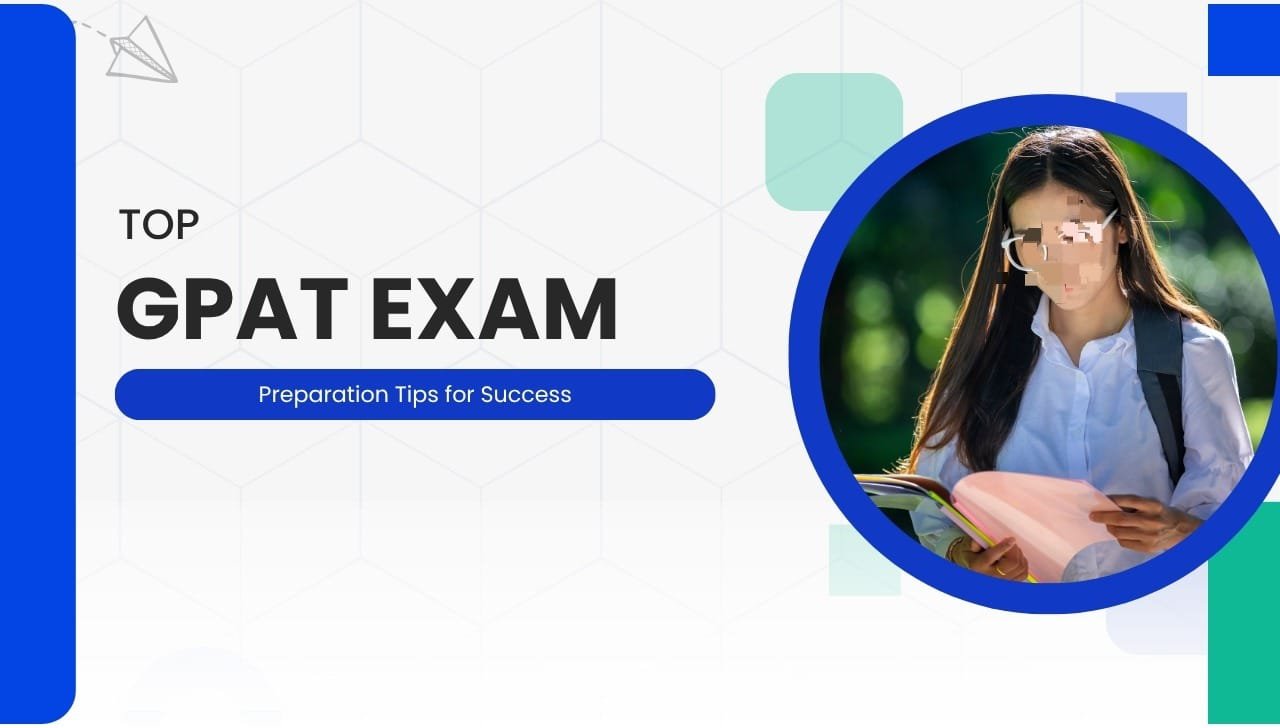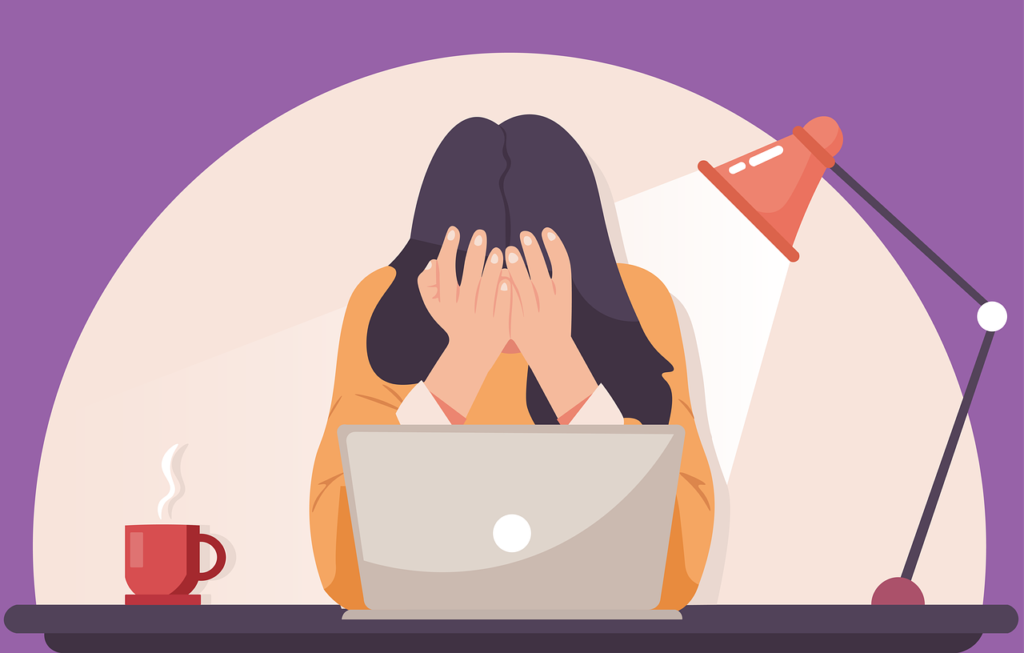Introduction
Preparing for the GPAT exam can be overwhelming, with a complex syllabus, time pressure, and intense competition. But with smart strategies, reliable resources, and consistent effort, you can climb higher than you think. In this blog, we’ll walk you through everything—from picking the best study materials to solving mock tests, from understanding the syllabus to managing exam-day nerves. Whether you prefer coaching or self-study, our guide gives you a clear, step-by-step roadmap. Let’s start your journey to GPAT success!
GPAT exam preparation
Preparing for GPAT (Graduate Pharmacy Aptitude Test) is more than just hard work – it requires a smart plan. Here’s how to start:
- Learn the exam format: GPAT is a 3-hour computer-based test consisting of 125 multiple-choice questions (MCQs), each with a correct answer worth +4 and a wrong answer worth -1.
- Understand the course: This includes pharmaceutics, pharmacology, pharmaceutical chemistry, pharmacognosy, and associated topics.
- Highlight high-weightage topics: Focus extra on Pharmacology, Pharmaceutics, and Organic Chemistry, which carry more marks.
GPAT coaching
Coaching can add value if chosen wisely:
- Small batches (20–50) offer personalized attention.
- Faculty with pharmacy experience ensures real-world insights.
- Doubt resolution systems Include One-on-One sessions, mentors, and online discussion forums.
- Structured tools: Study planners, progress report cards, and AI mock analytics.
Academically offers India’s First Online GPAT Coaching with AI-Based Mocks with up to 50% scholarship for early starters.
GPAT preparation guide
A clear, weekly rhythm helps:
- Set study blocks:
- Morning: 2 hours on tricky subjects (Organic Chemistry, Pharmaceutics).
- Afternoon: 1–2 hours review.
- Evening: 2 hours on Pharmacology, Pharmacognosy.
- Night: Flashcards and quick revision.
- Build a timeline:
- Months 1–3: Cover theory.
- Months 4–5: Revision + topic-wise practice.
- Months 6–7: Full syllabus revision and mocks.
- Schedule revisions: Weekly reviews strengthen memory
GPAT study material
Choosing the right books can make all the difference:
- Pharmacology: Rang & Dale, K.D. Tripathi’s Essentials
- Pharmaceutics: Remington, Theory and Practice of Industrial Pharmacy by Lachman, Lieberman & Kanig
- Pharmaceutical Chemistry: Morrison & Boyd, Ashutosh Kar
- Pharmacognosy: J.E. Brunner, Trease & Evans
- Practice-oriented guides: A.M. Ghosh’s GPAT guide, Pearson’s GPAT guide by Nazma Inamdar
Online resources help too:
- Academically’s GPAT Preparation Course: Offers expert faculty, AI-powered mocks, flexible learning, personalized mentorship, and doubt-clearing sessions.
- NTA GPAT official site: For syllabus updates, notifications, and past papers.
- YouTube channels for visual learning, and GPAT mobile apps for quizzes and flashcards.
GPAT syllabus
Breaking the syllabus into small chunks boosts efficiency:
- Subject-wise units: Pharmacokinetics, Tablet formulation, and Drug-Receptor mechanisms.
- Weightage awareness: Prioritize topics based on marks—e.g., spectroscopy, drug delivery systems.
- Track progress: Use checklists or digital planners to ensure complete coverage.
GPAT mock tests
Mock tests are essential:
- When to start? After finishing theory, around Month 3 or 4.
- Test exam conditions: Simulate a full exam environment.
- Analyse deeply: Track mistakes by type—conceptual vs numerical.
- Maintain a process log: Note recurring mistakes and review them weekly.
- Frequency goal: Attempt at least 20–25 full mocks before your exam date
This builds speed, accuracy, and exam-day confidence.
GPAT practice questions
Daily practice reinforces concepts:
- Topic-wise drills: Try 50–100 questions per chapter.
- Previous-year papers: Identify patterns and question styles.
- Mixed quizzes: Great for revision and goal tracking.
- Numerical focus: Spend daily 30–60 minutes on problem-solving, Analytical, and Biopharmaceutics calculations.
GPAT exam tips
Get exam-ready with these tips:
- Time allocation: You have 1 minute and 44 seconds per question. Start with the easy ones.
- Elimination strategy: Narrow down choices when unsure.
- Manage stress: Take deep breaths or quick eye breaks.
- Last-minute approach: No new topics. Revise your flashcards and error diary.
GPAT online classes
Live and recorded options each have merits:
- Live class perks: Instant doubt clearing, scheduled study rhythm.
- Recorded lessons: Review tricky sessions anytime.
- Interactive tools Include Polls, quizzes, and mentorship groups.
- Offline downloads are helpful in areas with low internet connectivity.
- Peer interaction keeps you motivated and focused.
From Preparation to Career Pathway
Here’s a step‑by‑step pathway—from starting exam prep to landing a job:
- Initial counselling: Identify strengths, weaknesses, and set realistic goals.
- Select course: Enroll in Academically’s GPAT Preparation Course.
- Create a study plan: Blend theory, practice, revision, and mocks.
- Expert faculty support: Regular sessions, doubts resolved, guided learning.
- Weekly reviews: Assess progress using mock analytics and mentor feedback.
- Final consolidation: Last 4–6 weeks—daily mocks, error tracking, flashcards.
- Application guidance: Support in M.Pharm/NIPER applications, documentation help.
- Post-results counselling: Career advice, job placements in industry/academia.
Conclusion
Cracking the GPAT takes more than memorizing facts. It needs a clear plan: understand the pattern, pick the best study material, practice daily, review deeply, and use mock tests wisely. Deciding on a structured support system, such as online courses, specialist faculty, and counseling, achieves the path, practice, and confidence to be successful. Follow this roadmap and you are not just preparing for one exam – you are stepping into a rewarding pharmacy career. Best wishes!











